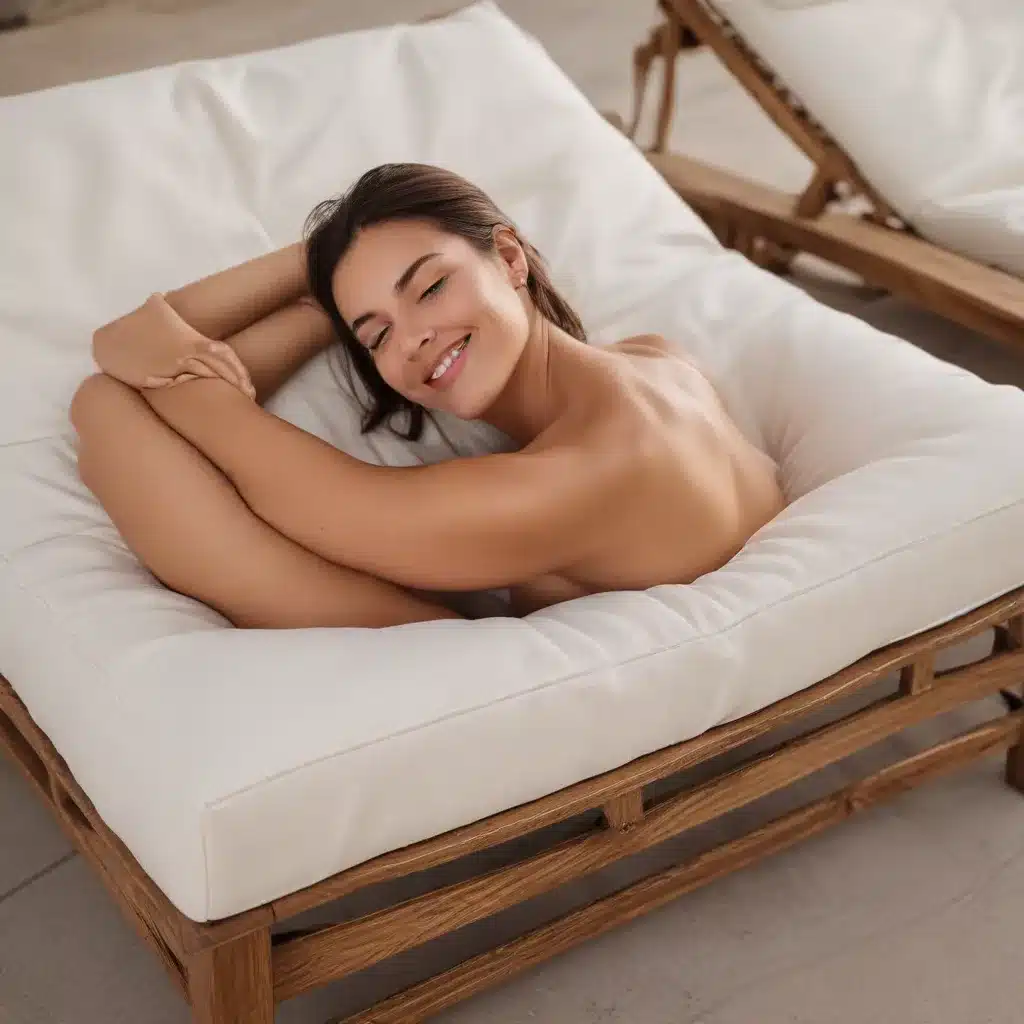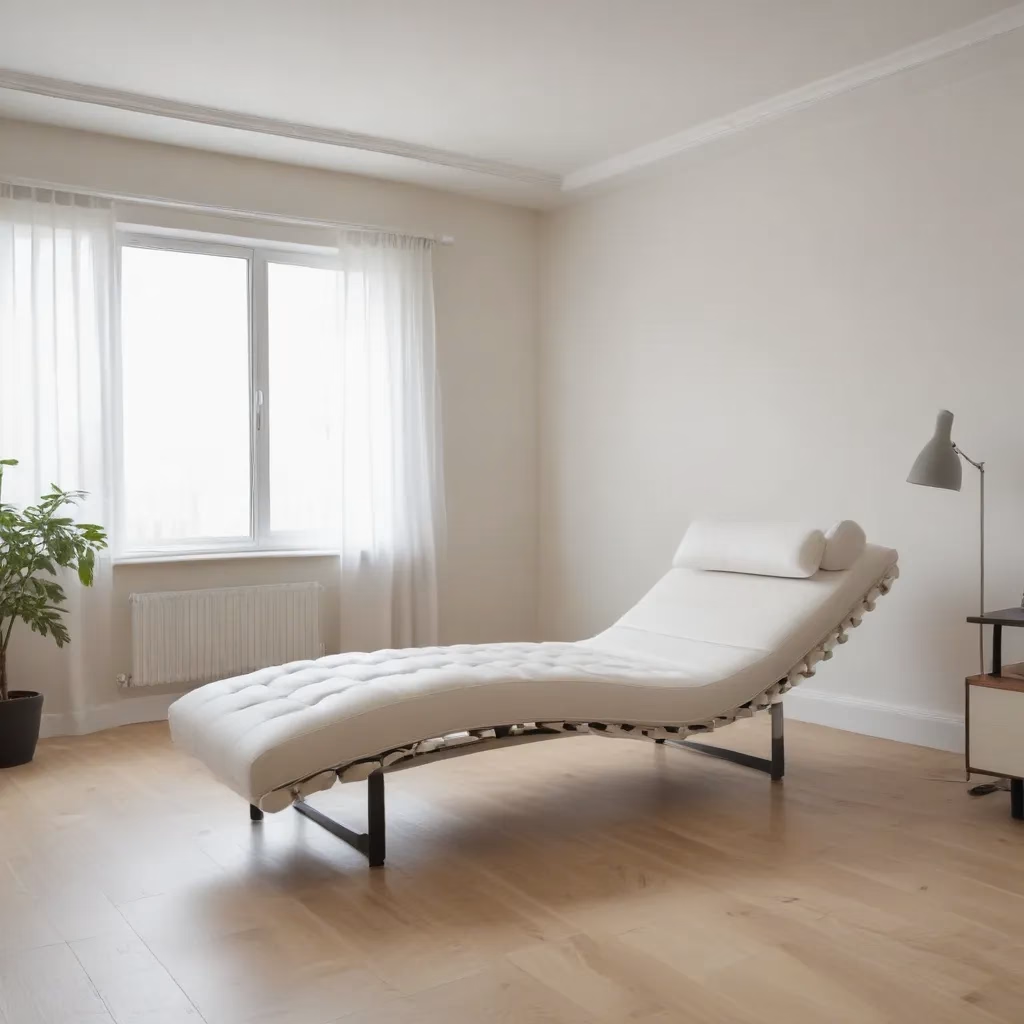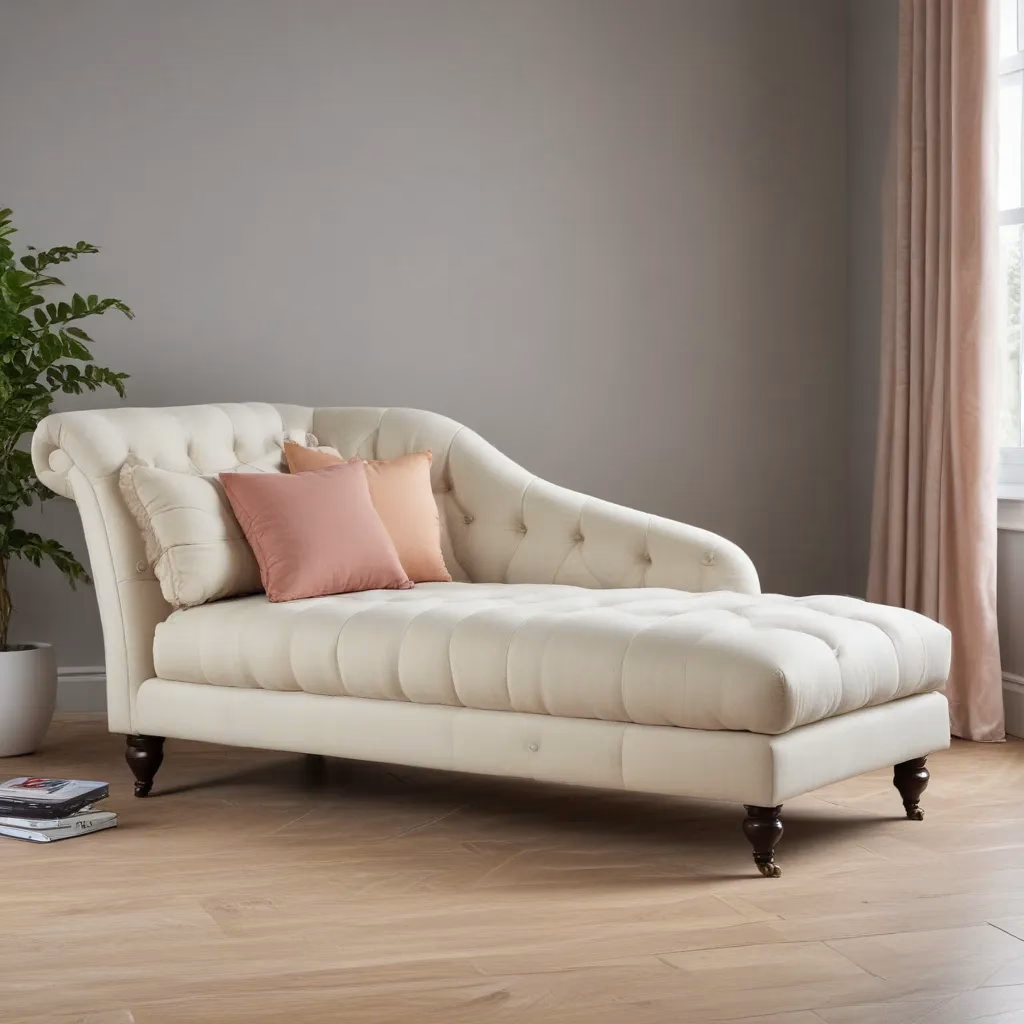
The Art of Sofa Selection: A Personal Journey
As a furniture specialist with years of experience, I’ve come to appreciate the nuances that make a sofa not just a piece of furniture, but the heart of a living space. Selecting the perfect sofa is an art form, one that combines comfort, style, and practicality. Over the years, I’ve guided countless homeowners and designers through this process, and I’ve learned that the devil truly is in the details.
When I first started in this industry, I thought choosing a sofa was as simple as picking a color and style. How wrong I was! I quickly learned that there’s so much more to consider. The frame construction, for instance, can make or break a sofa’s longevity. I remember once recommending a beautifully upholstered piece to a client, only to have them return months later complaining of sagging cushions. That experience taught me to always inspect the inner workings of a sofa, not just its outer appearance.
Now, when I’m helping someone choose a sofa, I start by asking about their lifestyle. Do they have children or pets? Are they looking for a formal sitting room centerpiece or a cozy family room haven? These questions inform every decision that follows. For instance, I once worked with a young family who loved the look of white linen but had two large dogs. We ended up selecting a gorgeous, durable performance fabric in a similar hue that could withstand paw prints and the occasional spill.
Upholstery Wisdom: Fabric Choices and Care
Choosing the right upholstery is crucial for both aesthetics and longevity. I’ve seen sofas transform rooms and withstand years of use simply because the right fabric was selected. Let’s break down some popular options:
| Fabric Type | Durability | Maintenance | Best For |
|---|---|---|---|
| Leather | High | Easy | Formal spaces, pet owners |
| Linen | Medium | Moderate | Adult households, casual settings |
| Velvet | Medium | Challenging | Luxurious looks, low-traffic areas |
| Microfiber | High | Easy | Family rooms, high-traffic areas |
I once had a client insist on silk upholstery for her living room sofa. While beautiful, I cautioned her about its delicacy. She went ahead anyway, and sure enough, within a year, the fabric was showing wear. We ended up reupholstering with a more durable option, which was a valuable lesson for both of us.
When it comes to care, regular maintenance is key. I always tell my clients that a little effort goes a long way. Weekly vacuuming and prompt attention to spills can extend the life of your upholstery significantly. For leather sofas, I recommend a gentle wipe-down with a damp cloth and occasional conditioning to prevent cracking.
Design Trends: Balancing Timeless and Contemporary
In my years of experience, I’ve seen trends come and go. Remember when everyone wanted an overstuffed, floral print sofa? Those days are long gone, but the principles of good design remain. Today’s trends lean towards clean lines and neutral colors, but with a twist of personality through texture and accent pieces.
One trend I’m particularly fond of is the return to craftsmanship. There’s been a resurgence of appreciation for hand-tufted details, expertly tailored slipcovers, and custom-made pieces. I recently visited a workshop where artisans were meticulously hand-tying springs for a bespoke sofa. The attention to detail was remarkable, reminding me why I fell in love with this industry in the first place.
Color trends are always evolving, but I’ve noticed a shift towards earthy tones and natural materials. Greens, in particular, have been popular, from sage to forest hues. These colors bring a sense of calm and connection to nature, which many of my clients are seeking in their home environments.
When advising on trends, I always encourage my clients to think long-term. A sofa is an investment, and while it’s tempting to choose something ultra-modern, it’s often better to select a classic shape and update with trendy throw pillows or a statement rug. This approach allows for flexibility as tastes and trends change over time.
The Comfort Equation: More Than Just Cushions
Comfort is subjective, but there are certain elements that contribute to a universally satisfying seating experience. Seat depth, back height, and cushion fill all play crucial roles. I once had a tall client who complained that every sofa felt too shallow. We ended up custom-ordering a piece with an extra-deep seat, and it made all the difference in his comfort level.
Cushion fill is another area where personal preference comes into play. Some people love the sink-in feeling of all-foam cushions, while others prefer the structure of a spring-down combination. I always recommend testing different options before making a decision. Sit, lie down, and really spend time on a sofa before committing to it.
One often overlooked aspect of comfort is the sofa’s frame. A well-constructed frame provides the foundation for long-lasting comfort. I’ve seen sofas with beautiful cushions become uncomfortable over time due to poor frame construction. That’s why I always emphasize the importance of investing in quality craftsmanship, even if it means spending a bit more upfront.
Space Planning: Sofas as the Anchor of Your Room
A sofa isn’t just a standalone piece; it’s part of a larger design scheme. I’ve walked into many homes where a beautiful sofa was lost in a poorly arranged room. Space planning is crucial, and it’s something I always discuss with my clients.
When planning a room around a sofa, consider traffic flow, conversation areas, and focal points. I once worked with a client who had a stunning fireplace but had positioned their sofa with its back to it. By simply rotating the sofa and adding two armchairs, we created a cozy conversation area that highlighted the room’s best feature.
Scale is another important factor. A common mistake I see is choosing a sofa that’s too large or too small for the space. I always recommend using painter’s tape to outline the dimensions of a potential sofa on the floor. This simple trick has saved many of my clients from making costly mistakes.
Don’t forget about the other elements in the room. A sofa should complement, not compete with, other furniture pieces. I love creating balance by pairing a structured sofa with softer accent chairs, or vice versa. It’s all about creating harmony within the space.
The Role of Sofas in Modern Living
As our lives have evolved, so too has the role of the sofa in our homes. With more people working remotely, I’ve seen an increased demand for multifunctional pieces. Sofas with built-in storage or those that convert to beds have become increasingly popular.
Technology integration is another area where sofas are adapting to modern needs. I’ve worked with manufacturers who are incorporating charging ports and even smart fabrics into their designs. While these features can be convenient, I always advise my clients to consider how they’ll age over time.
Sustainability is also becoming a key consideration for many of my clients. I’m seeing a growing interest in sofas made from recycled materials or those produced using environmentally friendly methods. It’s heartening to see the industry moving in this direction, and I’m always excited to share these options with my clients.
Sofa Care and Maintenance: Preserving Your Investment
A quality sofa can last for decades with proper care. I always stress to my clients the importance of regular maintenance. It’s not just about keeping your sofa looking good; it’s about preserving its structure and comfort.
Rotating cushions is a simple but effective way to ensure even wear. I recommend doing this monthly, or even weekly in high-use areas. For loose back cushions, giving them a good fluff and shake can help maintain their shape.
Addressing stains promptly is crucial. I always advise keeping a fabric-appropriate cleaning solution on hand. For most fabrics, a mixture of mild soap and water works well, but always test in an inconspicuous area first.
Professional cleaning is something I recommend annually, especially for heavily used sofas. A deep clean can rejuvenate the fabric and remove built-up allergens and dust.
The Future of Sofa Design: Innovation and Tradition
As we look to the future of sofa design, I’m excited by the innovations I’m seeing. Modular designs that can be easily reconfigured are gaining popularity, offering flexibility for changing lifestyles and spaces.
At the same time, there’s a growing appreciation for traditional craftsmanship. I’ve seen a resurgence of interest in classic techniques like hand-tied springs and eight-way hand-tied construction. These methods, while labor-intensive, produce sofas of unparalleled quality and longevity.
Materials science is another area of innovation. New fabrics are being developed that offer incredible stain resistance and durability without sacrificing comfort or style. I’m particularly impressed by some of the eco-friendly options hitting the market, including fabrics made from recycled plastic bottles that feel as luxurious as high-end synthetics.
Conclusion: The Sofa as a Reflection of You
Choosing a sofa is more than just picking out a piece of furniture; it’s about creating a space that reflects your lifestyle, values, and aesthetic preferences. As a furniture specialist, my role is to guide you through this process, sharing my expertise to help you make informed decisions.
Remember, the perfect sofa is out there waiting for you. It might take some time and consideration to find it, but the result will be a piece that brings comfort, style, and joy to your home for years to come.
If you’re ready to start your sofa journey, I invite you to explore the curated selection at Sofa Spectacular. Our team of experts is ready to help you find the perfect piece to anchor your living space and reflect your unique style.



